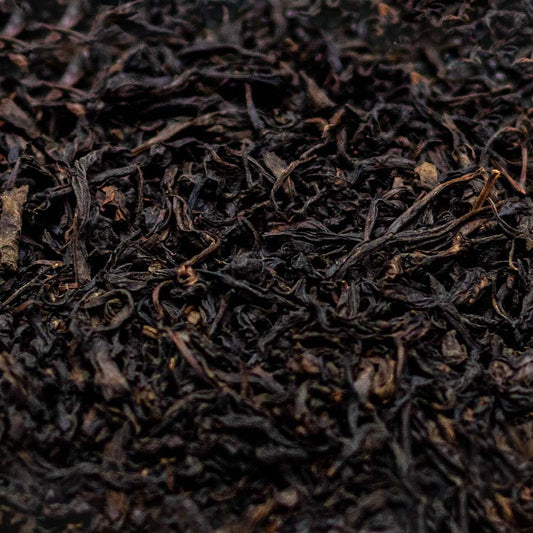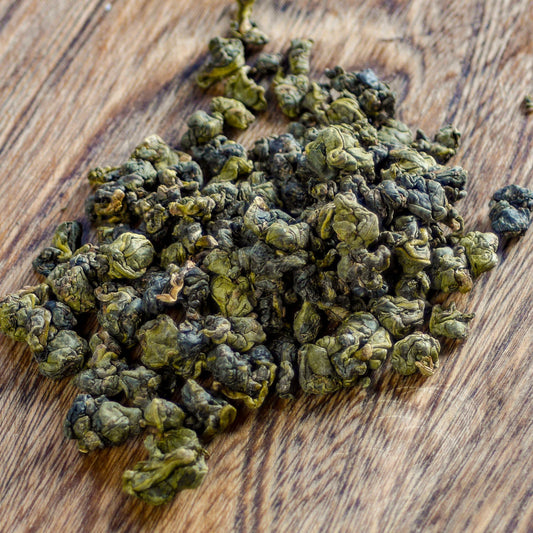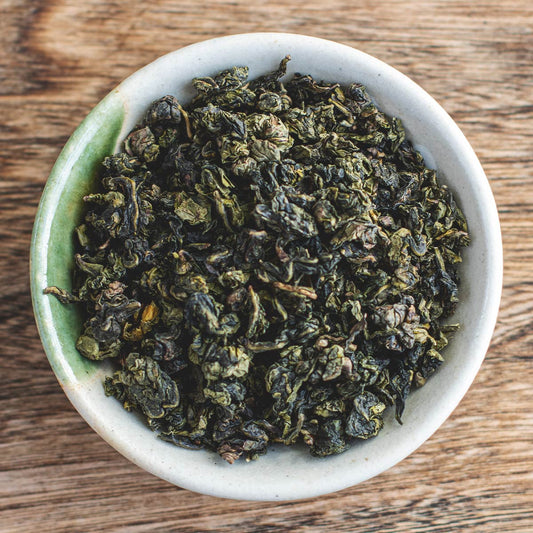Loose Leaf Oolong Tea
Oolong tea falls artfully between black tea and green tea. It is carefully crafted to begin the oxidation process that characterises black teas, but skilfully controlled to release the floral and fruity aromas of the leaf before the richer tannins are revealed... Learn more
Shop 6 Rare Tea Co Loose Leaf Oolong Tea Products
-
Chinese Tie Guan Yin Oolong
17 reviewsRegular price From £7.49Regular price£0.00 £0.10 per cup£0.00Sale price From £7.49 -
Da Hong Pao Oolong
13 reviewsRegular price £12.99Regular price£0.00 £0.35 per cup -

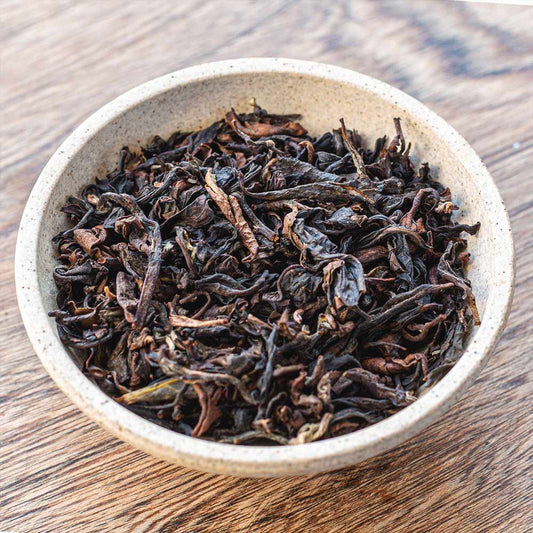 Sold out
Sold outRare Pipachá Oolong
11 reviewsRegular price £18.99Regular price£0.00 £0.42 per cup -
New Zealand Waikato Oolong
12 reviewsRegular price £22.99Regular price£0.00 £0.31 per cup -
21st Century Afternoon Tea
1 reviewRegular price £15.99Regular price£0.00 £0.50 per cup£0.00Sale price £15.99 -

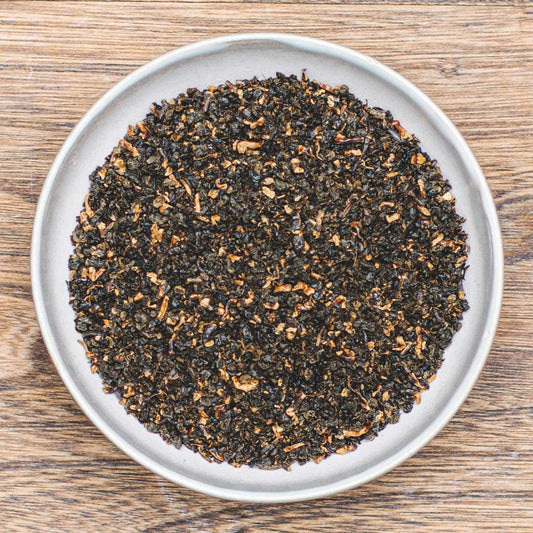 Sold out
Sold outIced Sunset Oolong
Regular price £15.99Regular price£0.00 £0.48 per cup
To compare oolong tea vs green tea, the flavour is deeper and more complex. Compared to a black tea, oolong benefits from less astringency, and softer, smoother flavours.
Different styles of loose leaf oolong tea can vary dramatically in flavour, ranging from the fruity notes and honeyed aroma of the Iron Goddess of Mercy Tieguanyin, to the silky sweetness of Milk oolong and the deep, rich and biscuity taste of the Big Red Robe Da Hong Pao.

How to choose between types of oolong tea?
Each oolong has a unique flavour profile - just like white wines they differ wildly.
- If you want sweeter and greener flavours? Choose Chinese Iron Goddess of Mercy oolong.
- Looking for richer, tropical notes? Try our New Zealand oolong from Waikato, New Zealand.
- For the darkest, richest flavour profile, Da Hong Pao is the perfect choice.

Why choose oolong tea?
- Oolong tea is partially oxidised to develop deeper, more complex flavours than green tea.
- It is less tannic than black tea.
- A good oolong will typically give six steeps from the same leaves. The flavour will develop and change with each steep. This makes it complex in flavour and remarkably cost-effective.
- Oolong is typically made from more mature leaves with higher caffeine content.
- In China oolong is often drunk with food and believed to be good for digestion.

Why choose Rare Tea oolong?
- Our oolong teas are handcrafted by teamasters, not industrial machines.
- Organically farmed without pesticides and herbicides.
- Chosen to be the most delicious oolong from around the world - direct from the farm.
- We have over two decades of experience and relationships with our farms.
- All our oolongs are loose leaf teas. No bag means no industrial chemicals or nanoplastics.
Do I need special teaware to brew oolong tea?
You can brew oolong tea in a normal loose leaf teapot (we recommend the Rare Tea Glass Teapot), an in-cup infuser or for a more traditional approach, gong fu style with a Gaiwan tea set.
You can view our guide on how to brew oolong tea here.
Learn more about oolong tea here.





